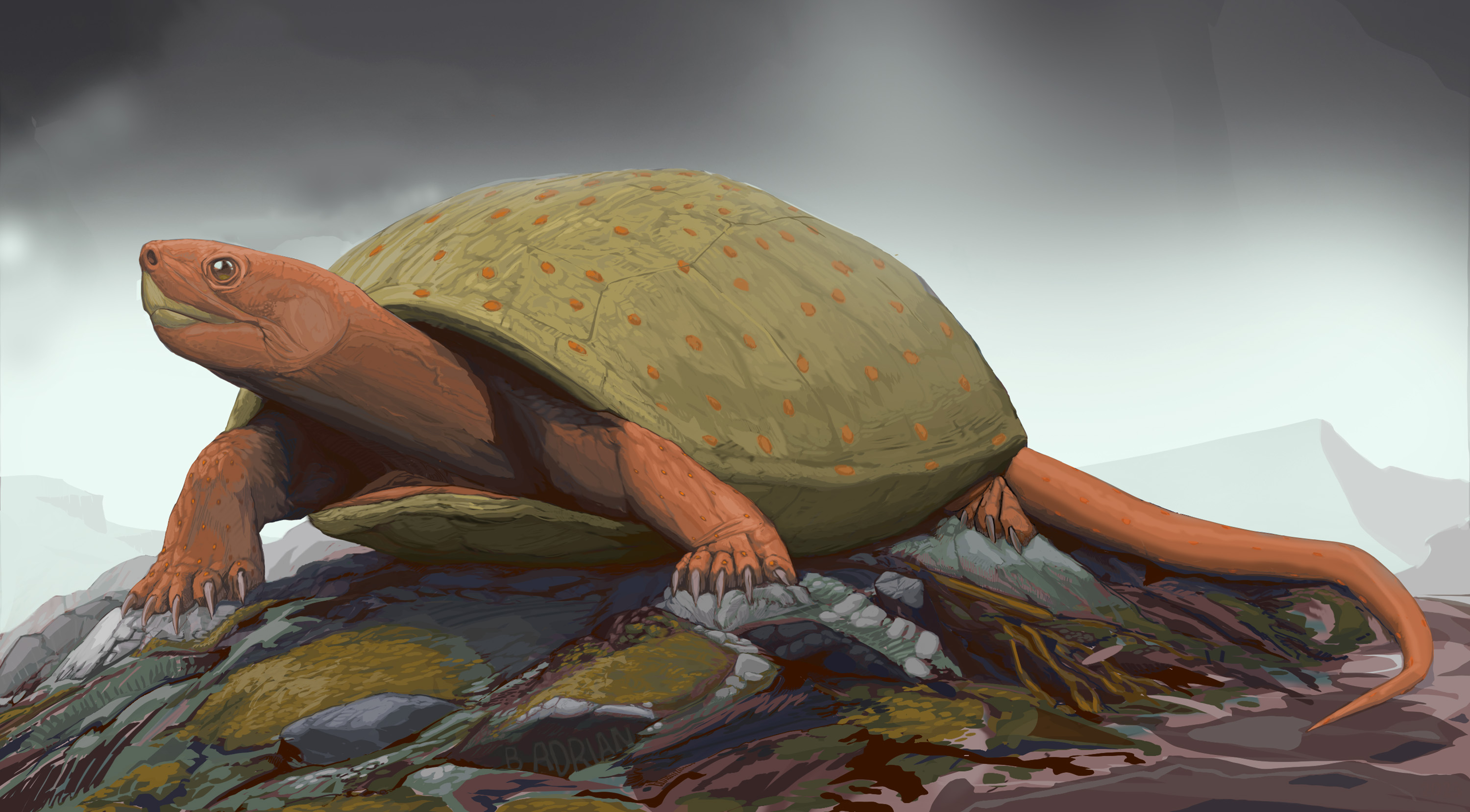
Cincinnati Uncovers Ancient Fossil Remains of Prehistoric TurtleCincinnati Uncovers Ancient Fossil Remains of Prehistoric Turtle Cincinnati, Ohio – In a remarkable scientific discovery, paleontologists from the Cincinnati Museum Center have unearthed fossil remains of a prehistoric turtle that roamed the Earth over 300 million years ago. The ancient turtle, named Eunotosaurus africanus, provides valuable insights into the evolution and diversification of turtles during the late Paleozoic Era. The fossil remains were discovered at the Cincinnati Zoo, in a rock formation dating back to the Pennsylvanian period. The bones are exceptionally well-preserved, including a complete skull, shell, and portions of the limbs. The turtle’s size is estimated to be approximately 12 inches in length. “This discovery is a significant contribution to our understanding of turtle evolution,” said Dr. Mark Norell, a paleontologist at the Cincinnati Museum Center. “Eunotosaurus africanus represents an early branch in the turtle lineage and provides crucial information about the origins and adaptations of this group.” The turtle’s shell is particularly noteworthy. Unlike modern turtles, which have a bony shell, Eunotosaurus africanus had a cartilaginous shell, similar to that of today’s soft-shelled turtles. This suggests that the development of a bony shell in turtles occurred gradually over millions of years. The turtle’s skull also reveals interesting features. It has large, protruding eyes, indicative of a keen visual sense. Additionally, the presence of small, peg-like teeth suggests that Eunotosaurus africanus was a carnivore, feeding on small invertebrates and aquatic creatures. The discovery of Eunotosaurus africanus has important implications for understanding the diversity of life during the late Paleozoic Era. It provides evidence of a thriving turtle lineage that coexisted with other early reptiles, amphibians, and fish. “This fossil is a testament to the rich and diverse paleontological heritage of Cincinnati,” said Dr. Kristin Sobolik, director of the Cincinnati Museum Center. “We are excited to share this discovery with the public and continue to unlock the secrets of our ancient past.” The fossil remains of Eunotosaurus africanus will be on display at the Cincinnati Museum Center’s Natural History & Science Museum later this year.
Posted inNews